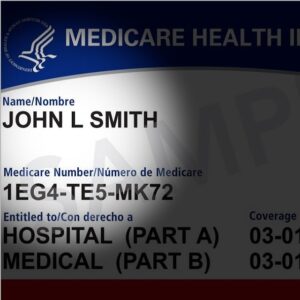Here’s What Each E-Bike Class Actually Means
Class1, class 2 or Class 3? Read on to find out.Photo: Serial
Slowly but surely, we’ve been expanding our coverage of electric bikes here at Jalopnik. It’s a mission I’ve taken on, as I really do think they might be the best way to travel around town. You get a bit of exercise, feel the wind in your hair and get to take in the sights — what more could you want?
This slow, but steady, mission to make Bikelopnik a thing has meant I’ve reviewed a few different e-bikes this year. And, at the bottom of some of those reviews, a few commenters took great delight in telling me that it wasn’t actually an e-bike at all because of their various reasons.
But here’s the thing: every model we’ve reviewed this year is a perfectly legal e-bike, they’re just all different from classes.
Here in the U.S., there are three different classes of electric bike which differ in speed and the way they get their power down. So, we thought now was a good time for a quick refresher on what each class of e-bike actually means.
Class 1 E-Bikes
VanMoof it up a gear.Photo: Owen Bellwood
Class 1 is pretty simple: It’s an electric bike with a motor that will only ever engage while you’re pedaling. These dedicated pedal-assist models can hit a top speed of 20 mph before the motor cuts out.
If you ride a class 1 e-bike, you don’t need to register it, and you don’t need a license to ride — just a good helmet and a need for speed.
Class 1 e-bikes include the Serial 1 from Harley Davidson’s electric off-shoot and the VanMoof S3, which we rode earlier this year.
Class 2 E-Bikes
Looks rad.Photo: Owen Bellwood
Things move up a gear with class 2. At this level, you have a motor that is still limited to 20 mph, but it can be activated by spinning the pedals or with a throttle. This basically means that on a class 2 bike, you can choose to pedal or sit back and ride like an electric moped.
As with class 1, you also do not need a license to ride a class 2 e-bike, and you don’t need to register your ride.
Class 2 bikes include the RadRunner 2 that we tested last month and bikes like the Magnum Nomad.
Class 3 E-Bikes
This is a Specialized piece of kit.Photo: Owen Bellwood
When you move up to class 3, it’s back to being pedal assist or nothing. At this level, your motor can power you up to 28 mph at the top speed, but it’s only active when you are pedaling the bike.
Once again, you don’t need to register your bike or have a license to ride, but some states do require you to wear a helmet by law. But that’s just common sense — you should always wear a helmet.
Class 3 bikes are pretty awesome, and include the Specialized Turbo Creo that we rode this summer.







